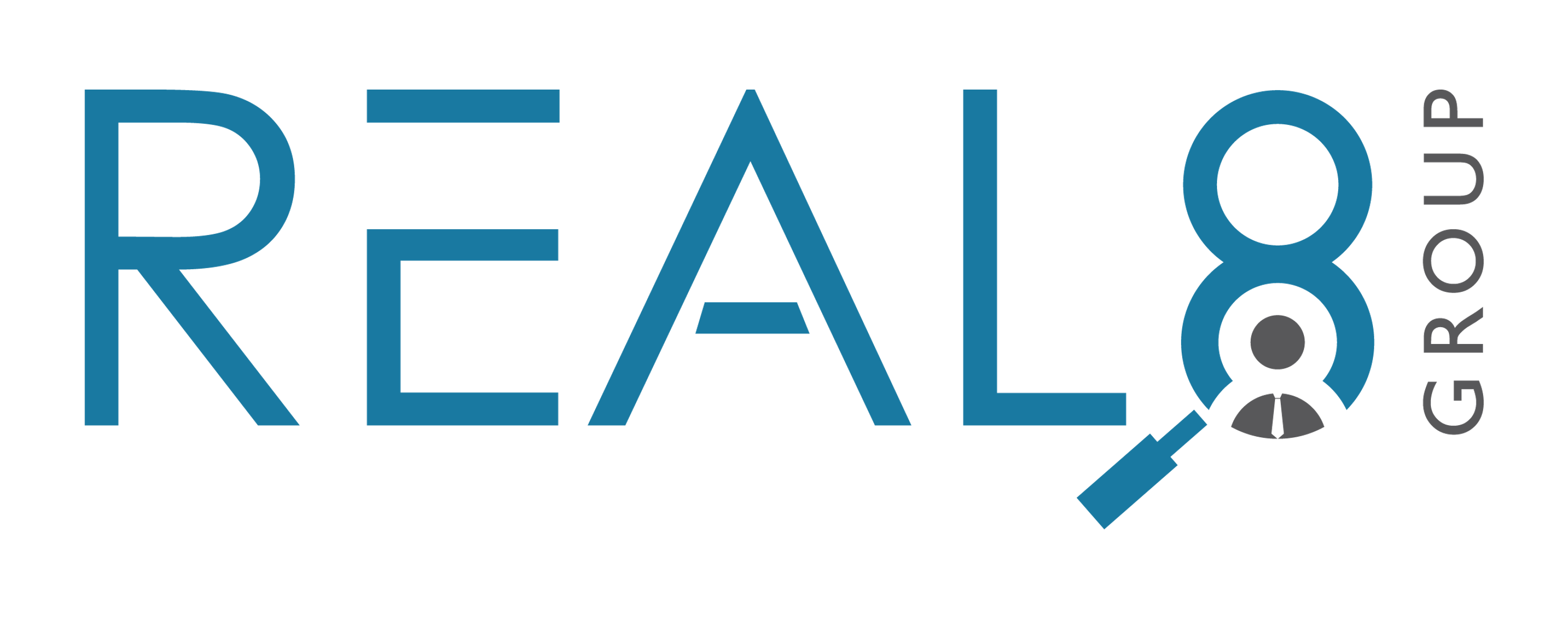Your business spends considerable resources on hiring new employees. It takes time, money, and energy to bring on new hires. Few things are more frustrating for hiring managers than to have a new hire quit within the first few months. When you make a bad hire, it often leaves you scratching your head. What could we have done differently? In the end, the most likely culprit for the new hire’s early exit is a disconnect between what the employee expected and what he or she found on the job.
Managing a new hire’s expectations can make the difference between hiring someone you’ll have to replace within a few months versus someone who will grow with your company. A few key organizational behaviors can make a big difference in your new hire attrition.
Communicate job requirements clearly
A candidate’s first interaction with your company may be when a recruiter contacts the candidate about your open position. The job description should communicate the role’s requirements clearly. You want anyone reading the job description to have a solid understanding of the role, so people can make informed choices about whether they want to apply.
As candidates move through the hiring process, continue to explain the job along the way. This allows you to clear up any misconceptions a candidate has about the job. It also allows you to reinforce what you’ve already told candidates. Repeating conveys the importance of what you’re telling them.
The rate at which people self-select out of the hiring process may increase, but that’s a good thing! Losing candidates from a hiring process is much better than losing a new hire after a few weeks. Going beyond the job description, many organizations arrange realistic job previews for candidates. These often materialize as short videos that walk candidates through a typical day in the role. A realistic job preview outlines positives and negatives so people can decide for themselves whether the job is right for them.
Be honest about your organization’s culture
Are you a high stress, results oriented office? Or do you have brainstorming sessions during a table tennis match? Whether your company is on one of these extremes or somewhere in the middle, you need to be honest about your organization’s culture when talking with candidates. Whatever your company’s culture is, there are job seekers who fit into it.
Promoting a clear brand identity is huge in recruiting the right talent. Being upfront about your culture attracts the right candidates and repels the wrong ones. Connecting to a company’s purpose and culture helps employees find meaning in their work.
If you haven’t defined your company’s culture, do it. You must understand your culture before you can communicate it. Once you define your culture, you can attract people who will fit within it.
Go beyond orientation
Some companies view new employee orientation as nothing more than a checklist of human resources tasks. This is an incredibly shortsighted perspective. Orienting an employee is a first-day activity, but onboarding is a process that takes weeks or even months.
Your onboarding process should flow out of the organizational culture you’ve used to attract talent. It should also reinforce the job description you’ve laid out for the employee.
Give the new hire a 90-day plan. This sets learning and performance expectations early. It engages and motivates an employee toward success that aligns with the company’s plan for the position.
Recruiting your next hire
With all these strategies, consistency is key. At Real8 Group, we land the right talent for your company. We have a proven track record of filling virtually every type of real estate and construction position nationally. Let us help you find new hires you’ll retain for a long time.



